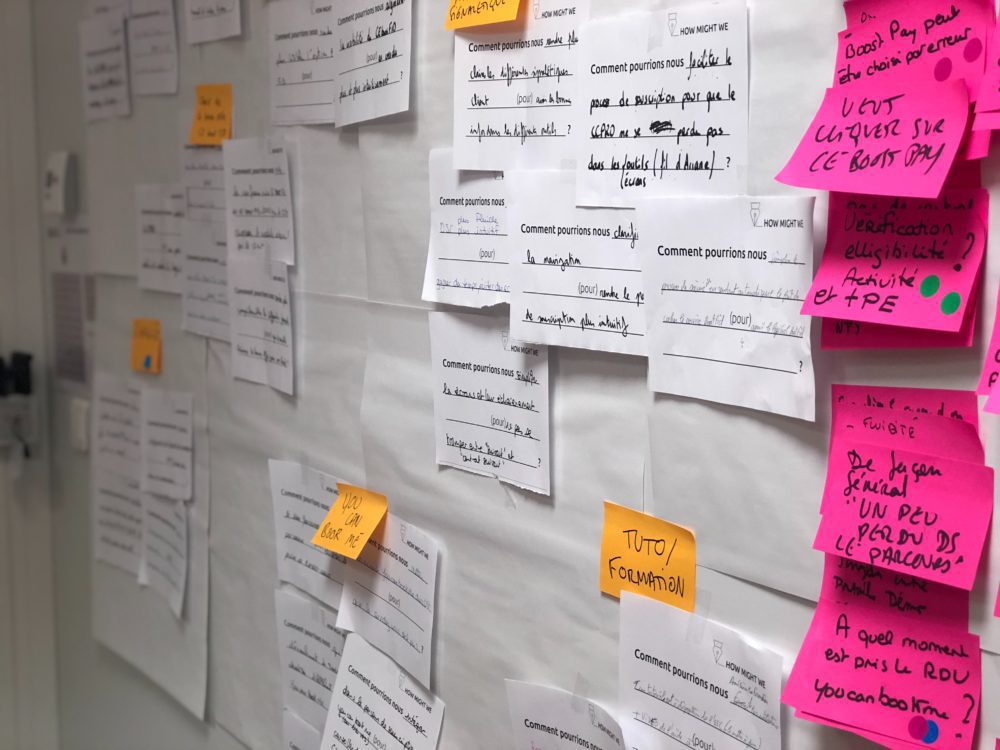The ever-changing technology landscape affects both employees and organizations. According to Deloitte’s Human Capital Trend Report, it is estimated that 90% of organization will redesign jobs, and 54% of the workforce will require reskilling. Employees are concerned that their jobs will be obsolete as skills gaps widen. The fear of being replaced by someone better suited is a harsh reality for many employees.
Move From Fire And Hire To Reskilling
From an organizational perspective, firing talent and hiring instead comes with increased costs and time to attain organizational goals. Instead, organizations start to focus their efforts on re- and upskilling current talent. This means organizations get to keep their current talent and build on top of existing knowledge. And offering these learning opportunities increases the attractiveness of a job and the organization as a whole, making it less likely for top talent to leave. The first step towards re- and upskilling is to identify skills needed. This can be done through a simple Excel spreadsheet outlining skills available and needed for roles within the organization. Alternatively, there are a multitude of software programs out there to help ease this task. Once gaps are identified, learning professionals can use a multitude of time-tested marketing techniques, such as a marketing funnel. a content strategy, and campaigns to develop training programs for re- and upskilling.
It’s All About The Learner Experience
Marketers work proactively in understanding a prospect’s and buyer’s journey, an element often overlooked in L&D. Instead of looking at training as a one-time event, we have to expand our horizons and think about the learner’s experience before, during and after the training. When working on a learner journey, think about all the different touch points you have with a learner. Leverage data where possible, such as downloads, likes, mobile vs. desktop, time of day and comments, to truly understand where and how your learner is already engaged.
The Marketing Funnel
You can base your learner journey on the marketing funnel. The marketing funnel is a tool consisting of multiple stages, starting from awareness of a product or service, all the way through to conversion and beyond. A prospect moves from one stage to the next as their interest in a product increases. They exit the funnel if they are no longer considering a product. Marketers understand that prospects and customers have different content needs based on the funnel stage they are in. For example, in the awareness stage, marketers educate prospective customers about their products in order to show value. Prospects won’t be engaged by sales-heavy content at this stage.
Use A Marketing Funnel To Plan The Learner Journey
In L&D, a funnel for an onboarding program could look like this:
- Awareness stage (get buy-in): send out a short video a couple of days before employees’ first day to promote your onboarding program
- Consideration stage (convince learners that they want to take the training): use testimonials from current staff to tell new hires how the onboarding program helped them in their career
- Conversion stage (learners take part in the actual training offering): personalize content as much as possible to increase engagement, and allow learners to pick and choose content
- Loyalty and advocacy stage (support behaviour change): help learners with performance-support resources such as infographics or chatbots. Role models and mentors play a big role during this stage
Understanding the learner journey not only helps identify skills gaps, but allows learning professionals to fill them with the appropriate experience. Job descriptions and manager observations in addition will help to truly understand where gaps are. With the experience mapped out, it’s time to take a look at content.
Content Strategy – Not Just For Marketers
Marketers use a content strategy to identify what content is in use, what content is needed, and why. Content includes written content, images and multimedia. Marketers identify content as a business asset, which makes sense given all the time that is spent creating it. Data allows marketers to further identify which content is in high demand, which content has barely been touched, and shed light on how content is being accessed, i.e. mobile vs. desktop. The result is the creation of meaningful, engaging and sustainable content that allows marketers to send the right content at the right time and place to the right audience.
Getting Started With A Content Strategy
When faced with a new training initiative, many L&D professionals think about it as a one-time event and they look at the initiative itself, but hardly think about the content as a stand-alone element. When it comes to re- and upskilling, and really any other training initiative, it’s crucial that learning professionals think of content as a business asset. Here are six steps towards a successful content strategy:
- Analysis: Identify learning content requirements, including delivery channels. and what content will help fill the gap. Map it to the learner journey.
- Strategy: Develop the actual content strategy. Determine topical ownership areas and processes for content creation.
- Plan: Develop the content strategy plan including topics, objectives, resources, meta tags, stakeholders, etc. Use any of the free online project management tools to help plan this stage and work collaboratively with your team.
- Create: Create structured and engaging content that is reusable. For example, if marketing created an eBook for clients on a particular topic, leverage this and create engaging webinars for your staff.
- Deliver: Deliver the right content at the right time and place, i.e. mobile vs. desktop. Take another look at the learner journey to ensure appropriate timing.
- Measure: Measure training success.The best way to create successful measures is to align them to your business objectives. Use learning platform data to better understand when and how content is being accessed. Measure content usage throughout, not just at the end of a training offering.
- Maintain: Keep content fresh and up to date.Manage content in your content strategy plan, schedule periodic audits, continuously improve high-value learning content, and set regular intervals for maintenance. Maintenance also means removing content completely if it didn’t hit the mark and wasn’t consumed as expected.
As learning professionals map content needs to the learner experience, content gaps will show. You can then start to prioritize content creation based on skills needed the most in your organization.
Other Marketing Tools
The use of marketing tools and techniques doesn’t stop there. To further create outstanding experiences that help address the skills gap, learning professionals should leverage the concept of learner segments and personas, coupled with learner campaigns, to truly understand who their learners are and share relevant content. Learner personas help L&D professionals to focus on what learners see, hear, think and feel, and put learners at the centre of training. This will help personalize content as much as possible. For example, an email campaign that uses dynamic content, content that changes based on the recipient, can truly hit the mark and increase learner engagement. Campaigns are an excellent tool to make learner experiences come to life. Coupled with the overall learner experience, campaigns also help learning professionals to address specific skill gaps, and deliver content at the time of need.
To sum it up, L&D can learn a lot from marketing, especially when it comes to re- and upskilling. Once you have identified skills gaps, focus on emotions and engagement throughout the learner journey and take a critical look at your content. You want to be able to answer the question “What content fits which needs, when and where”. Update content as needed, and if it hasn’t been utilized in a while, don’t be afraid to retire it. Follow a campaign approach to drip content over time to learners and engage them in the moment of need and make content come to life.




